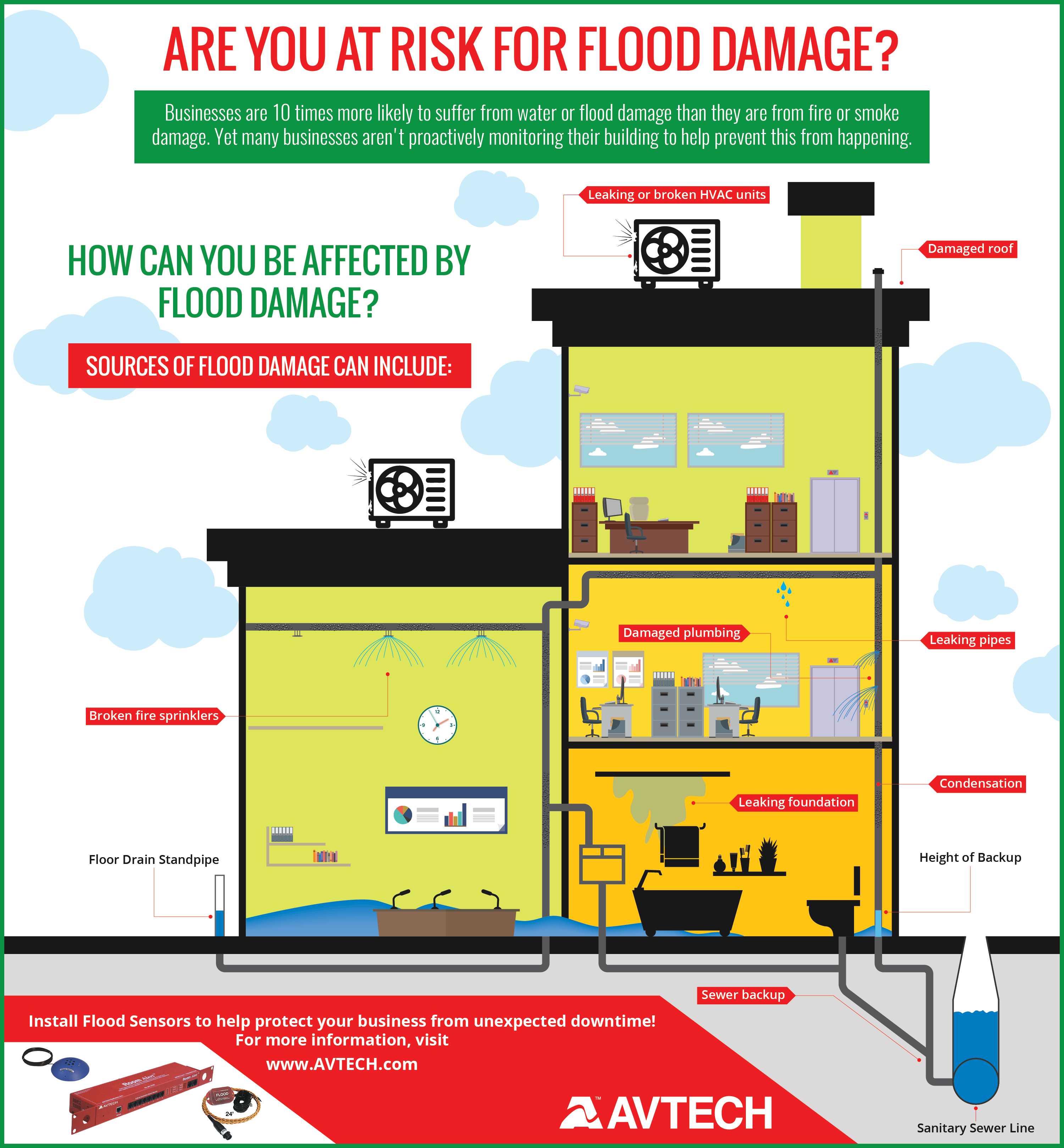Usual Mistakes In Roof Covering Setup And How To Stop Them
Usual Mistakes In Roof Covering Setup And How To Stop Them
Blog Article
Post By-Yang Miranda
When you're intending a roof covering installment, it's simple to neglect important details that can bring about considerable troubles down the line. You could be attracted to cut edges on material choice or skip appropriate flashing setup, however these typical errors can lead to pricey fixings later. Understanding the importance of air flow and sticking to regional building codes is vital for a successful project. So, what are the key actions you should require to guarantee your roof stands the test of time? Let's explore some efficient strategies to prevent these mistakes.
Poor Material Option
When it involves roof covering setup, choosing the incorrect materials can cause costly issues down the line. You might believe that any roof covering material will do, yet that's a typical false impression. It's vital to pick products that match your neighborhood climate and the details requirements of your home.
As an example, if you live in a location with heavy rainfall or snow, opting for asphalt shingles may not be the most effective choice. Instead, take into consideration more durable options like metal or slate.
In addition, focus on the top quality of the products you're taking into consideration. Cheap materials might save you money upfront, but they typically lack long life and can cause frequent fixings or substitutes.
You must also consider the style of your home and make certain the materials you pick will certainly preserve its visual charm.
Finally, do not forget to consult with specialists. They can give beneficial understandings and suggest products that comply with regional building codes.
Spending time in correct material option currently can assist you avoid headaches and costs in the future, making your roofing job a success.
Inadequate Flashing Setup
Picking the appropriate products isn't the only element that can cause roof covering troubles; poor flashing installment can also create significant problems. Flashing is san antonio window replacement for routing water far from prone locations, such as smokeshafts, skylights, and roof covering valleys. If it's not installed effectively, you run the risk of water breach, which can lead to mold and mildew growth and structural damage.
When you set up flashing, ensure it's the ideal type for your roofing system's style and the regional environment. For example, metal blinking is frequently a lot more resilient than plastic in areas with heavy rainfall or snow. See to it the blinking overlaps properly and is safeguarded securely to avoid spaces where water can seep with.
You should additionally focus on the installation angle. Blinking should be positioned to route water away from your home, not toward it.
If you're uncertain regarding the installment procedure or the products required, get in touch with a professional. They can aid identify the most effective blinking alternatives and ensure everything is installed appropriately, safeguarding your home from prospective water damage.
Taking these steps can save you time, cash, and migraines in the future.
Neglecting Ventilation Requirements
While numerous homeowners concentrate on the visual and architectural elements of roof covering setup, neglecting ventilation needs can cause serious long-term consequences. Correct air flow is necessary for regulating temperature and wetness degrees in your attic, stopping problems like mold and mildew development, timber rot, and ice dams. If you don't mount sufficient ventilation, you're establishing your roofing system up for failing.
To prevent this blunder, initially, examine your home's certain air flow demands. A well balanced system commonly includes both consumption and exhaust vents to promote air flow. Guarantee you have actually set up soffit vents along the eaves and ridge vents at the peak of your roofing. This mix allows hot air to run away while cooler air gets in, keeping your attic room area comfy.
Likewise, take into consideration the type of roof covering material you've selected. Some products may call for added air flow techniques. Double-check your local building regulations for air flow standards, as they can differ substantially.
Lastly, do not fail to remember to evaluate your air flow system regularly. Clogs from debris or insulation can hinder airflow, so maintain those vents clear.
Conclusion
To conclude, staying clear of common roofing installment errors is vital to ensuring your roof's longevity and efficiency. By choosing the best materials for your environment, mounting blinking effectively, and dealing with air flow demands, you can protect against expensive issues later on. Do not forget to acquaint yourself with regional building regulations and timetable routine examinations. With web page , you'll delight in a risk-free, sturdy roofing system that protects your home for several years to find. Delighted roof!
